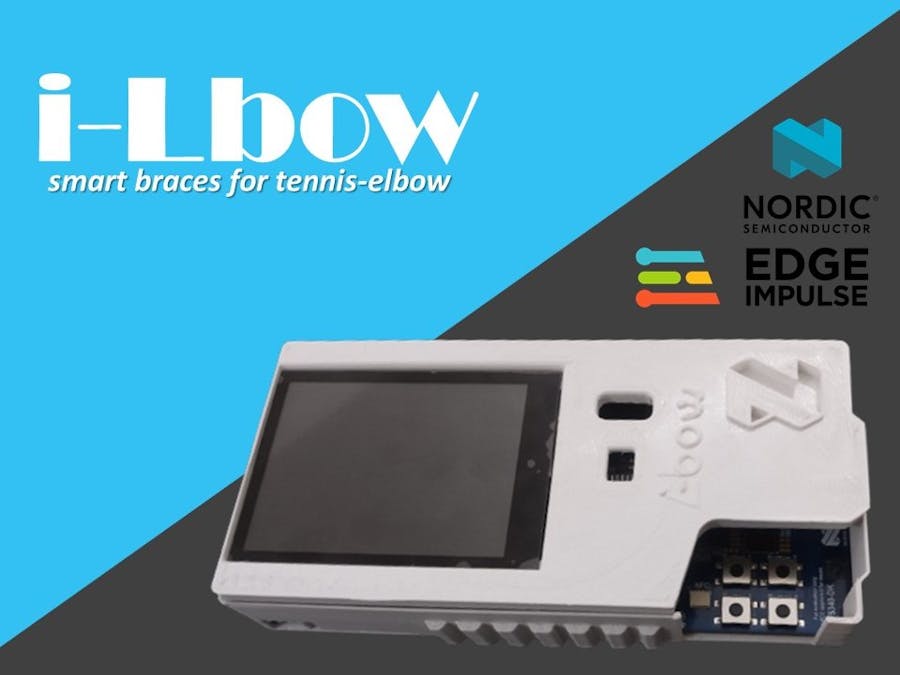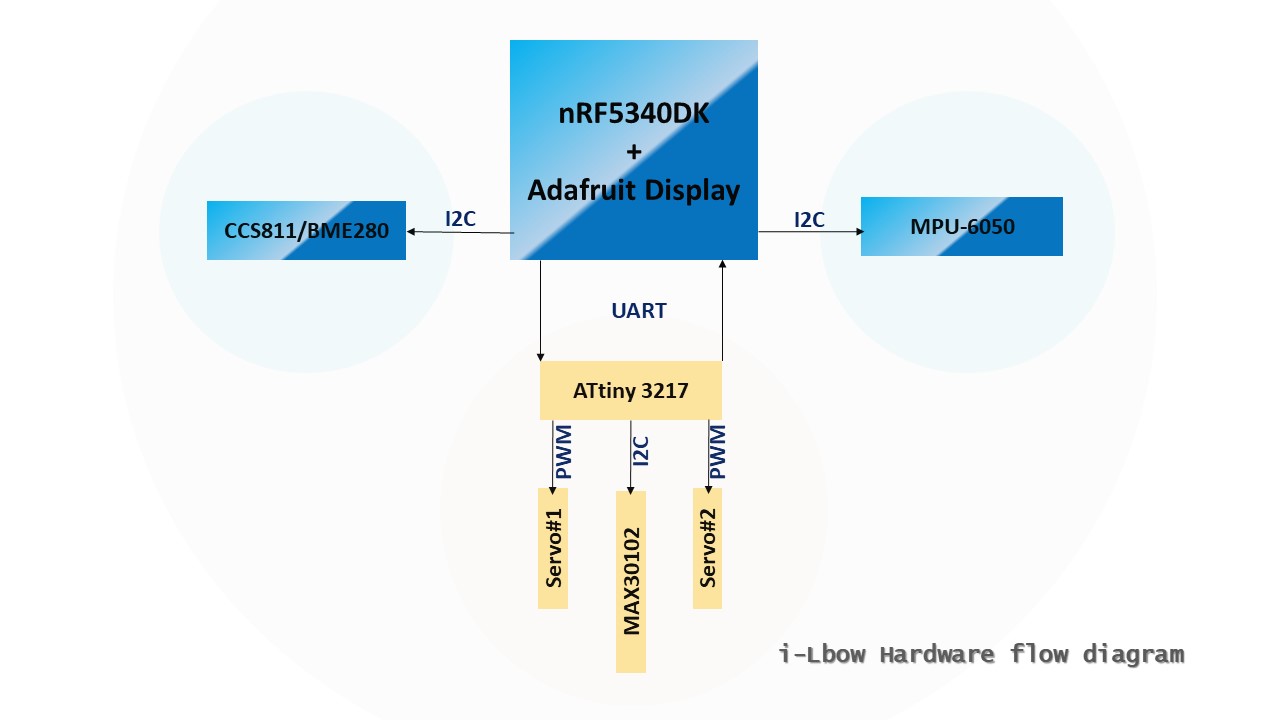Brief Anatomy<..>how things work naturally
The elbow joint is made up of three bones: upper arm bone(humerus) and the two bones in forearm (radius and ulna). There are bony bumps at the bottom of the humerus called epicondyles, where several muscles of the forearm begin their course. The bony bump on the outside (lateral side) of the elbow is called the lateral epicondyle.
Tennis elbow is inflammation or, in some cases, micro-tearing of the tendons that join the forearm muscles on the outside of the elbow. The forearm muscles and tendons become damaged from overuse — repeating the same motions again and again. This leads to pain and tenderness on the outside of the elbow.Not surprisingly, playing tennis or other racquet sports can cause this condition. However, several other sports and activities besides sports can also put you at risk.
There are many treatment options for tennis elbow. In most cases, treatment involves a team approach. Primary doctors, physical therapists and, in some cases, surgeons work together to provide the most effective care. While there exists numerous braces on the health-market, that could be utilized for providing relief in primary stages, still none of them can be categorized under 'Smart Product'.
Features of i-Lbow:i-Lbow is an open source wearable brace for lower-arm based on Nordic Semiconductor's latest nRF5340 Dev Kit and features active self-adjustable straps, that auto-tune the servo-motors based on human-grip pattern.
i-Lbow detects motion states in real-time based on Inertial Measurement Unit backed ML model and adjust brace tightness level accordingly for the perfect fit, heavily inspired from C-EXO E-Knee system.
Moreover, the system classifies grip-pattern, normal and rigorous activity state based on machine-learning model, trained in Edge-Impulse Studio. i-Lbow also features on-arm health-monitoring (Heart Rate and SPO2) and ambient environment-sensing (Temperature, Humidity, eCO2 and TVOC concentration).
An ATtiny3217 is utilized in conjunction with nRF53DK, that fetches classification inference over UART and tunes servo-motor angles as programmed, thus stretching / compressing the elbow-side velcro tape. MAX30102 sensor is also connected to ATtiny, since the SP02 algorithm was already provided from sparkfun and the development time-scope hindered to write SPO2 code from scratch.
DTB (design-test-build)Loop
Nordic Semiconductor has provided PCB project files for nRF5340DK, that were imported into Altium-designer and 3D model was deployed as STEP, tweaked further into Fusion360 and published to grabcad community. Afterwards an enclosure was built and 3D printed with ABS.
LVGL and EdgeLine:LVGL now comes with it's native UI editor as Edgeline, though in beta stage. It helps in framing your end results through it's clean interface. Optionally, you can utilize web utilities (font and image converter) for creating custom UI. The display-cum-ble code and patch was provided from NordicSemi devs in their awesome webinars session and was tweaked as per our requirement.
Sensor test:Numerous challenges were encountered during the project development, regarding creating new sensor interfaces, hw//device-tree overlay and build, but through joint efforts of DevZone Community members, developers and contest managers, almost every hurdle was handled efficiently, thus resulting in proper working solutions. The provided Edge Impulse example proved very useful for our project and was modified as per the sensor (MPU-6050).
i-Lbow Sensor data acquisition & model training:For recognizing the motion state, MPU6050 IMU sensor was used for our scope of work, the device was programmed in SES and connected to Edge Impulse Studio via data-forwarder utility. Three classes were labeled: IGP(grip), normal & activity and sensor was trained as per continuous motion recognition example. After performing motion classification, model-training and validation testing, the model was deployed as C++ library and build with West utility.
Final Assembly of i-Lbow:Personally, it was a great experience to work with Nordic Semiconductor & Zephr-RTOS environment for building our prototype. Nordic Semiconductors has already been trademarked to build low-cost and power efficient applications in the field of healthcare and asset-tracking.
I would like to further the device development, through integration with nRF Cloud and OpenSense (for real-time inverse kinematics visualization) and integration of miniature active cuff-strap similar to wrist-based blood-pressure monitoring on a custom built pcb that would help to reduce the bulkiness of the entire system that presently represents the exoarm of Master Chief (John-117) from The Halo game series.






















_1x_bGT19vVAby.png?auto=compress%2Cformat&w=40&h=40&fit=fillmax&bg=fff&dpr=2)



_3u05Tpwasz.png?auto=compress%2Cformat&w=40&h=40&fit=fillmax&bg=fff&dpr=2)

Comments
Please log in or sign up to comment.